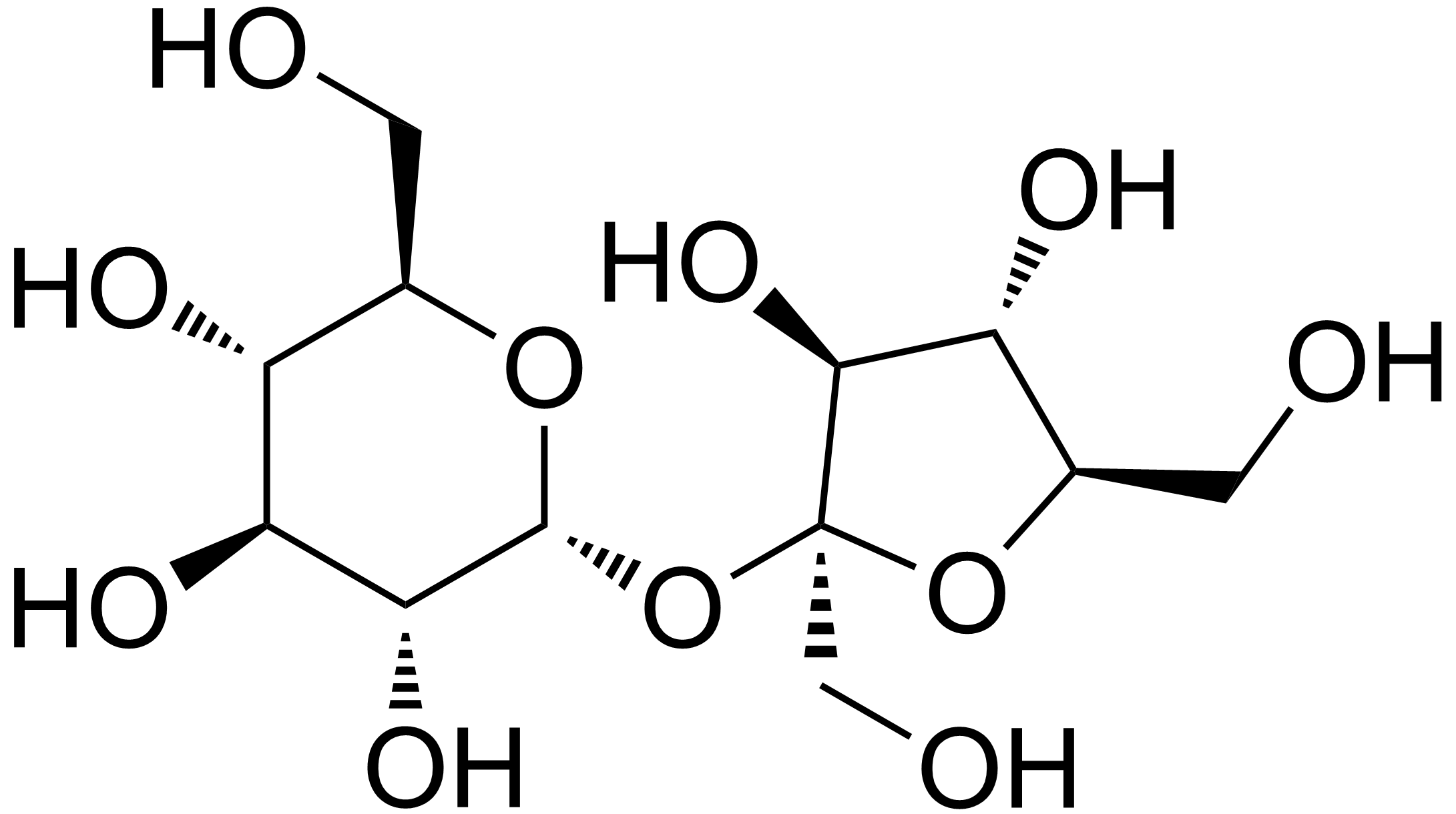
...and of course I have to "learn more," and so I find out that there is a a SPLENDA island in SL (I'll have to check it out):
 And that SPLENDA has been having a contest:
And that SPLENDA has been having a contest:
And that the winner is:
 It appears that by March 18, Splenda will have BUILT the "Splenda Pool Experience" in SL. Can't wait! :-)
It appears that by March 18, Splenda will have BUILT the "Splenda Pool Experience" in SL. Can't wait! :-)[I don't know about YOU, but I find the idea of SWIMMING in a pool of Splenda No Calorie Sweetener (it's a POWDER!!!) a bit sickly sweet, if not sickening. ]
However, Spenda IS good for diabetics, because even though it tastes sweet, it's not recognized by the body as a carbohydrate. However, according to the Baking Tips I found (once I'd picked my jaw up off the floor and recovered from the swimming pool full of Splenda!!!), "Cookies often rely on brown sugar for their chewy, crunchy texture. To retain the texture, replace only the white granulated sugar in your cookie recipes." So I won't replace the brown sugar with Splenda.
I'll let you know how they taste.
BTW, according to Wikipedia (and don't give me a lecture about allegedly "good sources"), Splenda "is manufactured by the selective chlorination of sucrose, in which three of the hydroxyl groups are replaced with chlorine atoms to produce sucralose." (Hmmmm, chlorinated sugar!!!! yum!). It's manufactured in Alabama.

Green is chlorine; red is oxygen, gray is carbon, and white is hydrogen. In notation form:

Compare this to ordinary sucrose (sugar):

"Sucralose mixed with maltodextrin and dextrose (both made from corn) as a filler is sold internationally by McNeil Nutritionals under the Splenda brand name."
And, surprisingly, "Though marketed in the U.S. as a “No calorie sweetener,” Splenda actually contains about 86% of the calories as the same mass of sugar (331 calories per 100 g vs. 387 calories per 100 g for sugar). However, since Splenda is about 14.5% as dense as sugar, a given volume of Splenda has 12.4% the energy of the same volume of sugar.When sucralose is added directly to commercial products, the filler is omitted and no energy is added.
"Note too that although the “nutritional facts” label on Splenda’s retail packaging states that a single serving of 0.5 gram (1 teaspoon or 5 milliliters) contains zero calories, Splenda actually contains 1.66 calories per teaspoon. Such labeling is appropriate in the U.S. because the FDA’s regulations permit a product to be labeled as “zero calories” if the “food contains less than 5 calories per reference amount customarily consumed and per labeled serving.”[11] Because Splenda contains a relatively small amount of sucralose, little of which is metabolized, virtually all of Splenda’s caloric content derives from the highly fluffed dextrose or maltodextrin filler, or carrier, that gives Splenda its volume. Like other carbohydrates, dextrose and maltodextrin have 3.75 calories per gram."
Well, who knew?UPDATE: Well, my son and I made the cookies:

He insisted that we make some "spatula sized," so one sheet was humongous, while he others were more typical of homemade cookies:

The cookies are very good. But not great. They are missing that chewy butteryness that characterizes the best oatmeal cookies. I don't know whether this is because we used Splenda instead of good old sugar, but that's certainly possible.
However, even though they are "not great," they ARE half the sugar (okay, about 51.2%) of regular cookies! Does that mean I can eat twice as much?

No comments:
Post a Comment